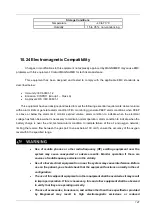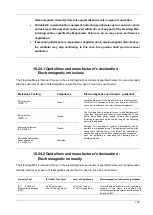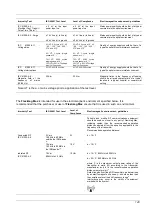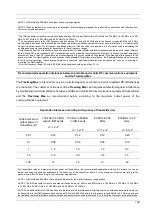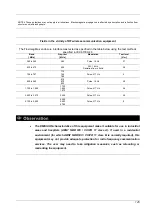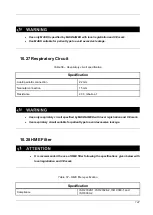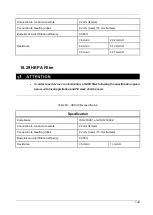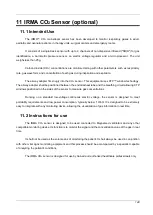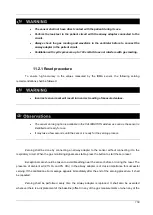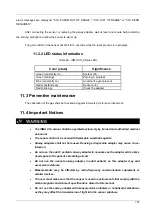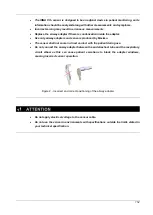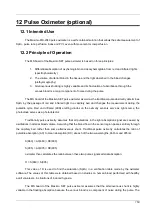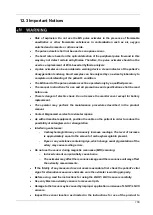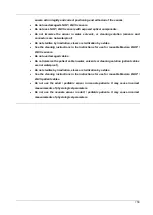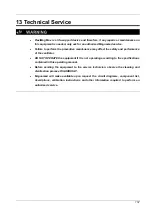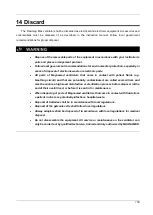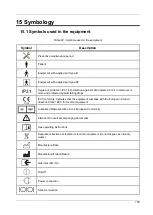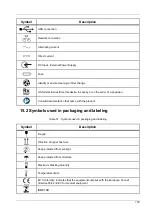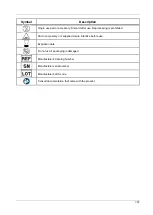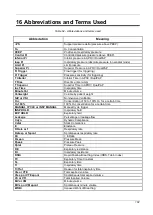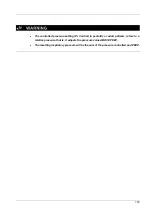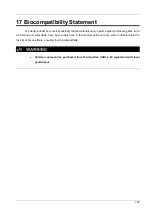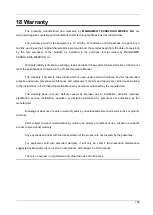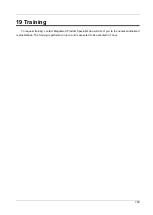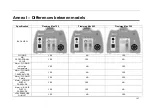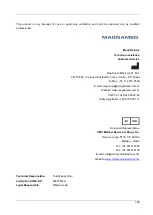
155
12.3 Important Notices
•
Risk of explosion. Do not use the MS pulse oximeter in the presence of flammable
anesthetics or other flammable substances in contamination such as air, oxygen
enriched environments or nitrous oxide.
•
The pulse oximeter shall not be used as an apnea sensor.
•
The heart rate is based on the optical detection of the peripheral pulse flow and in this
way may not detect certain arrhythmias. Therefore, the pulse oximeter should not be
used as a replacement of ECG-based arrhythmia analysis
•
A pulse oximeter can be considered a warning device. As an indicator of the patient's
deoxygenation tendency, blood samples can be analyzed by co-oximetry laboratory to
complete understanding of the patient's condition.
•
The MS board of the pulse oximeter must be operated only by a qualified person.
•
The manual, instructions for use and all precautions and specifications shall be read
before use.
•
There is danger of electric shock. Do not remove the monitor cover except for battery
replacement.
•
The operator may perform the maintenance procedures described in the product
manual.
•
Contact Magnamed service for oximeter repairs.
•
As with all medical equipment, position the cable on the patient in order to reduce the
possibility of entanglement or strangulation.
•
Interfering substances:
o
Carboxyhemoglobin may erroneously increase readings. The level of increase
is approximately equal to the amount of carboxyhemoglobin present.
o
Dyes or any substance containing dye, which change usual pigmentation of the
artery may cause reading errors.
•
Do not use the sensor during magnetic resonance (MRI) scanning:
o
Induced current can potentially cause burns.
o
The oximeter may affect the resonance image and the resonance unit may affect
the oximetry measurements.
•
If the fidelity of any measure does not seem reasonable, first check the patient's vital
signs for alternative measures and make sure the oximeter is working properly.
•
Before using, read the instructions for using the LNOP / LNCS sensors carefully.
•
Use only Masimo oximetry sensors to measure SpO
2
.
•
Damage to the tissue may be caused by improper application or misuse of LNOP / LNCS
sensors.
•
Inspect the sensor location as directed in the instructions for use of the product to

